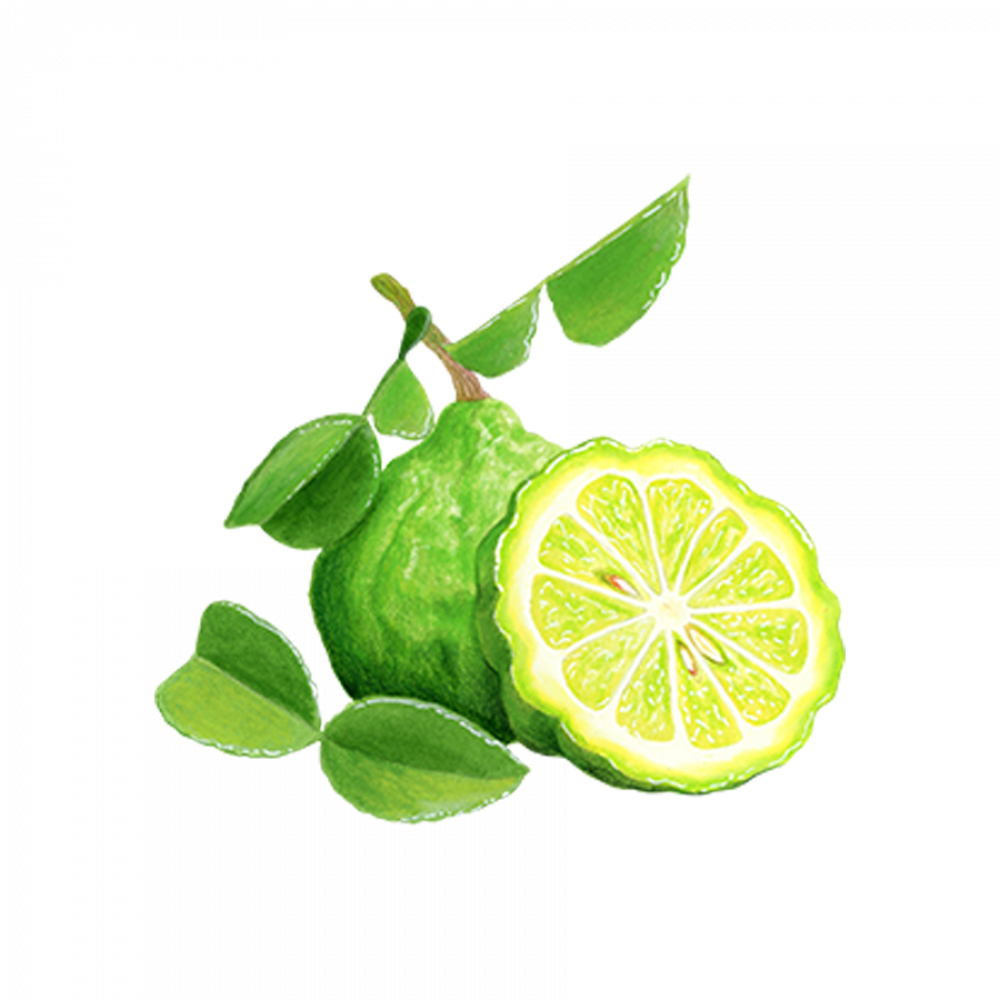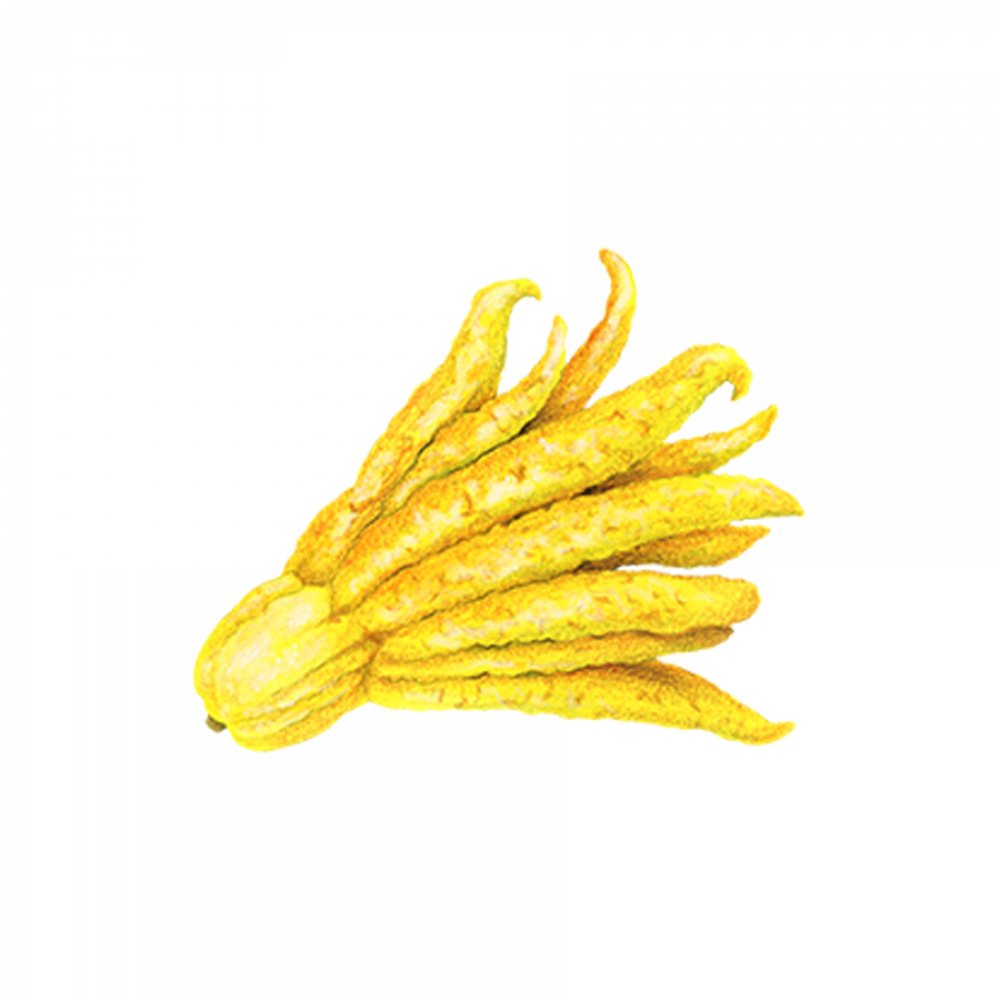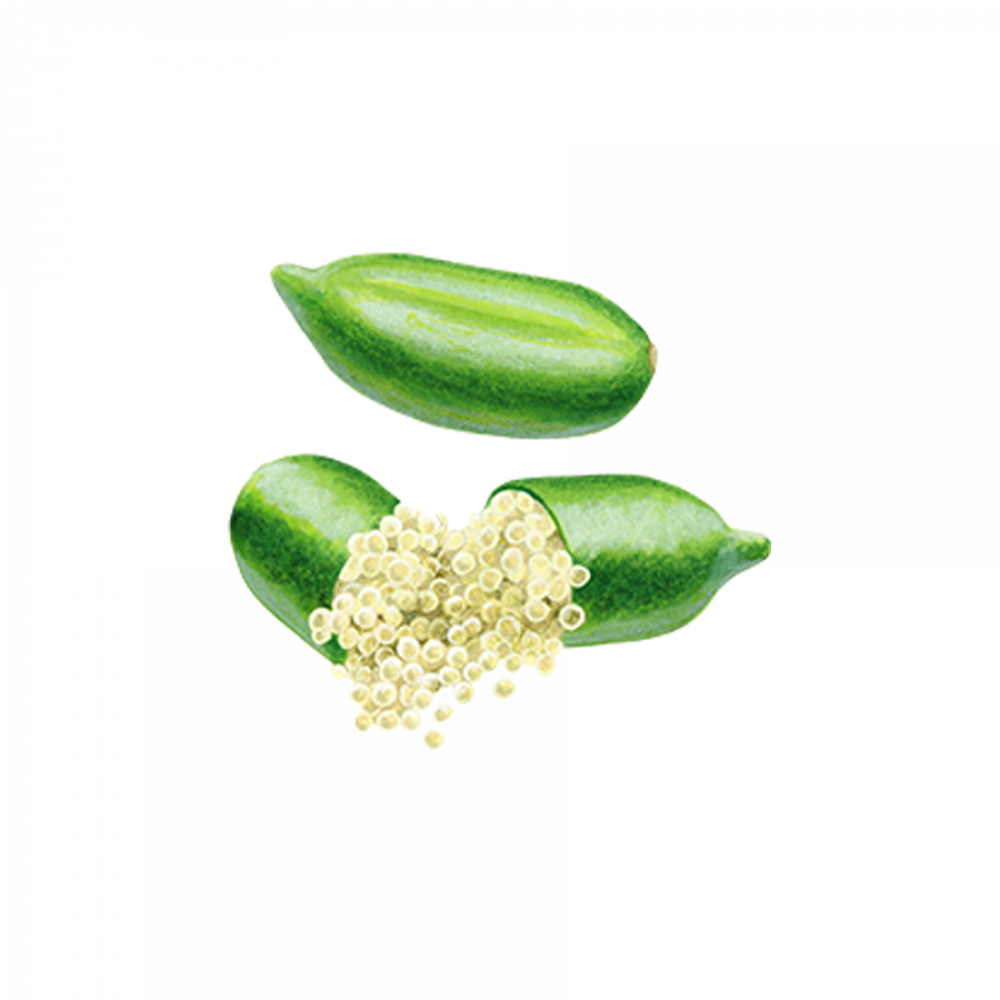Just three varieties of Asian trees-the citron, mandarin and pomelo-gave rise to some 1,500 species of citrus fruits, and lemons and limes are just the start. First cultivated in Persia around 4000 B.C., they didn’t spread to Europe until after Alexander the Great’s conquests. Along the way, cuisines across the world have adopted citrus to add bright acidity, sweetness and fragrance to their dishes.

Makrut Lime
This knobby, round citrus from Southeast Asia provides one of the distinguishing flavors of Thai food. More sour and bitter than Key or other more common limes, the zest and flesh of makruts often are mashed with other ingredients to create spice pastes. But the aromatic leaves are even more prized. They can be julienned into fine threads for a garnish (minus the tough ribs), used similar to bay leaves to flavor soups and curries. The fruit was long known by a name that’s also a pejorative and an ethnic slur in some parts of the world, but that has since fallen from favor.
Buddha’s Hand
A dozen or more fingers extend from the stubby end of this yellow fruit, also called fingered citron. Inside, there is no pulp or juice, only pith, but its peel is prized for its intense, lemony-floral scent. The fruit is ripe when the fingers begin separating but remain firm. To use, break off the fingers and grate the peel to add to baked goods, salad dressings and any recipe that calls for citrus zest.


Yuzu
Yuzu may look like a small, bumpy lemon, but its pungent, floral juice evokes grapefruit, mandarin and lime. Though originally from China, it’s more associated with Japan, where the zest and juice brighten savory sauces like ponzu, a combination of yuzu and soy sauce. The scent also is commonly used in cosmetics, cleaning supplies and candles, and soaking in a hot bath with the rind’s essential oils has been touted as a health remedy since the 18th century.
Kumquat
Thanks to a sweet skin and tart, juicy interior, these bright orange, grape-sized fruits are one of the few citrus that can be eaten whole. Gently rolling them in your fingers helps release sweet essential oils in the peel to mix with the juice inside, and the longer you chew them, the sweeter they get. Originally from China but now cultivated around the world, they are particularly good for marmalades, mixed into tart chutneys and sliced into bitter green salads.


Finger Lime
Native to Australia, these unique, cylindrical citrus are filled with caviar-like pearls that burst in the mouth. Ranging in color from bright green to crimson to nearly black, the acidic, slightly sweet juice tastes similar to that of a standard lime. The pulp is scooped out and added as a garnish to dishes and cocktails, as well as a tart surprise in salad dressings and savory sauces.





